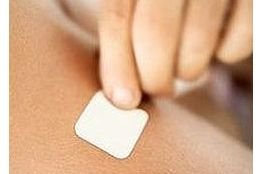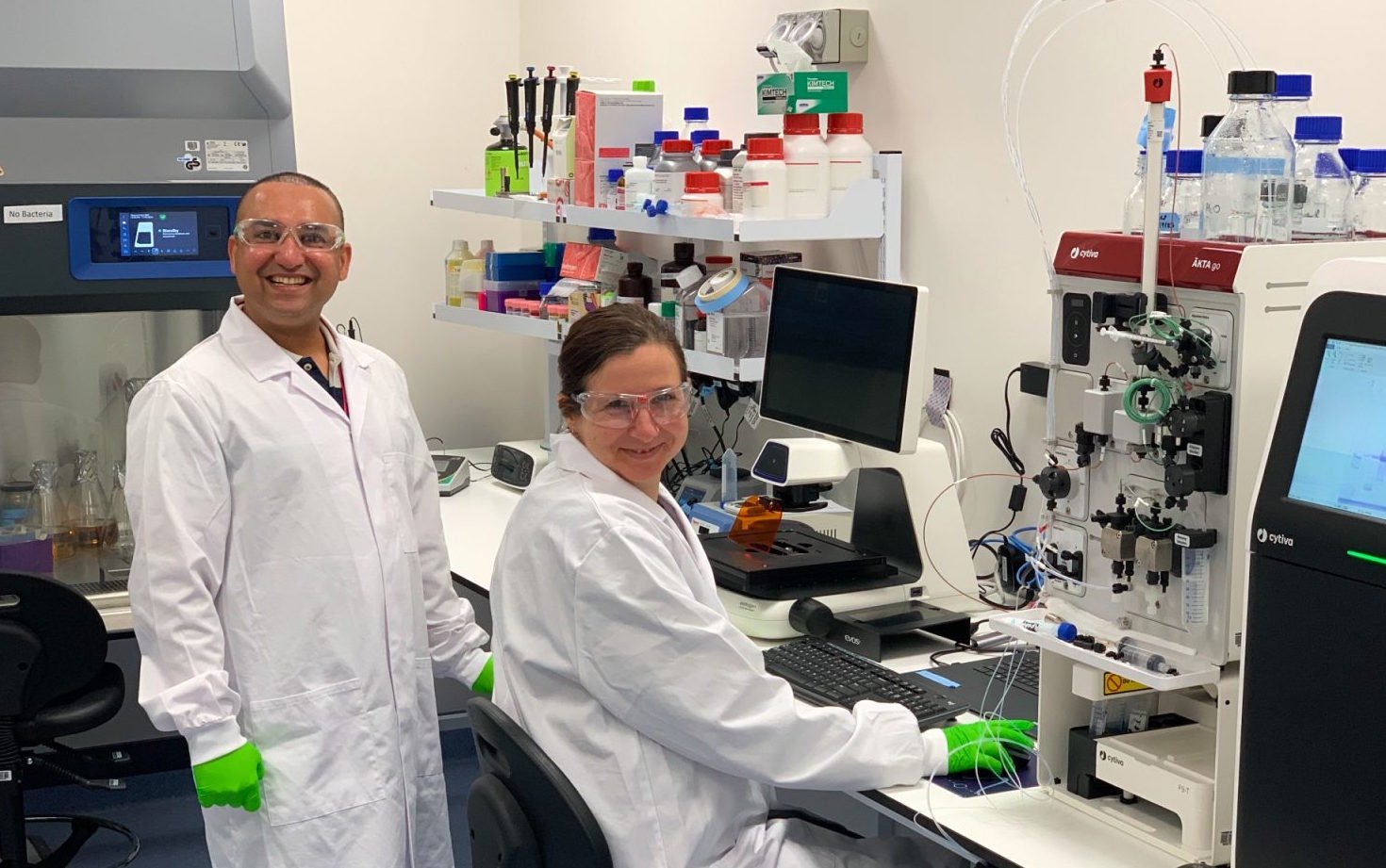Scientist develops improved microneedle patch
10 September 2013 | News | By BioSpectrum Bureau

Scientist develops improved microneedle patch
Singapore: Ms Lissett Bickford, an assistant professor and researcher of biomedical engineering at Virginia Tech, Wake Forest School, US, has developed a flexible microneedle patch that allows drugs to be delivered directly and fully through the skin, thereby, quickening drug delivery time while cutting waste.
The microneedle patch technology that currently exist has patch containing an array of hundreds of micron-sized needles that pierce the skin and dissolve, delivering embedded therapeutics.
However, because of their rigid chemical makeup, the patches proved difficult in fully piercing into the skin, creating a waste of drug material and a slowed delivery time. Additionally, the patches also have been difficult to produce in bulk; typical fabrication procedures have required centrifugation.
Ms Bickford, with her research team, including Chapel Hill graduate student Ms Katherine A Moga, were able to develop a new flexible microneedle patch that forms to the skin directly and dissolves. Ms Bickford said the softer, more malleable and water-soluble material also allows for more precise control over the shape, size, and composition of the patch, with little to no waste.
The nanoparticle, micro-molding patch is based on Particle Replication In Non-wetting Templates (PRINT) technology, developed by the University of North Carolina researcher and professor Mr Joseph DeSimone. Unlike other methods for making these patches, the new technology allows for quicker and greater wide-scale production, reducing related costs.












